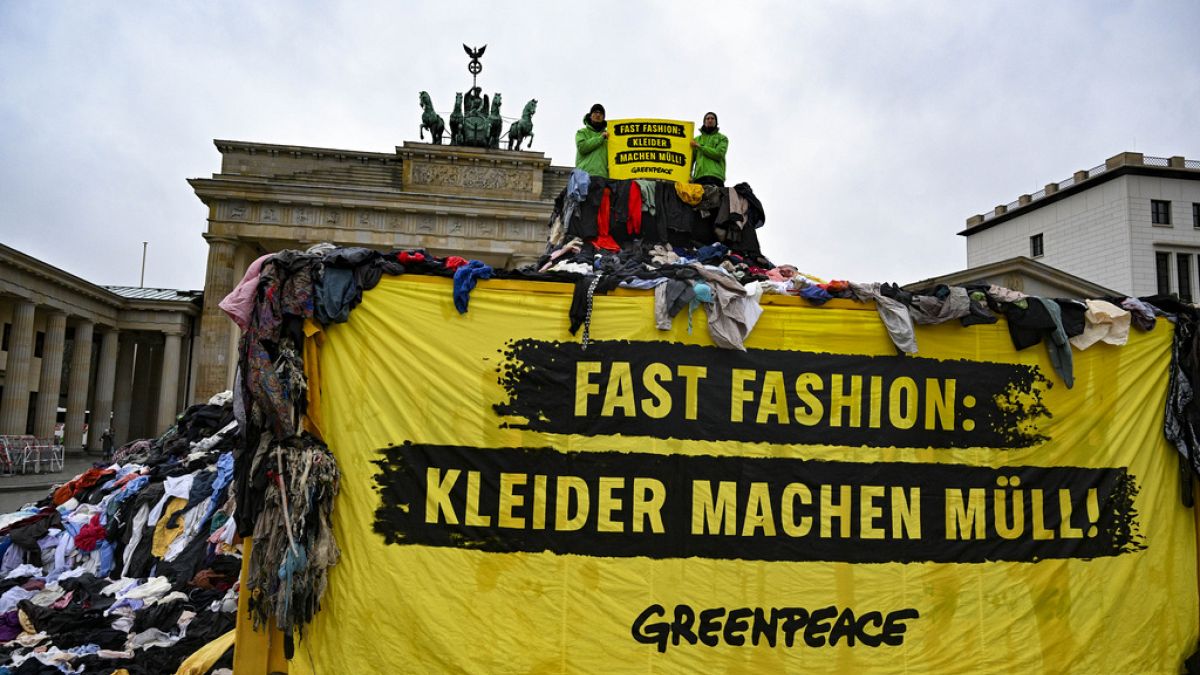European textiles-apparel exports fall 3% in H1

Translated by
Nicola Mira
Published
September 13, 2024
Having dropped by 3% in 2023, the European Union’s textiles-apparel exports have continued to decline at a similar rate in H1 2024. Imports too are steadily falling, as consumer expenditure and brand strategies have been impacted by inflation.
The EU’s apparel exports grew by 17% in 2022, then slumped the following year, and in H1 2024 they fell again by 3%, down to €17.8 billion. Only exports to Asia were unaffected by the trend, having grown by 10% to €4.8 billion, according to figures published by the French Fashion Institute (IFM).
The top EU export destinations remain Switzerland (where they nevertheless fell by 18%), the UK (down 5%) and the USA (where they increased by 1%), followed by China (up 21%), Hong Kong (up 11%), Turkey, Japan and Russia (down 9%). Apparel exports to Macau notably increased by 28%, and those to the UAE by 18%, but they fell sharply in Singapore (down 23%), Canada (down 16%) and Australia (down 16%).
As for textiles exports, they fell by 4% in H1, as they did for 2023 as a whole. Again Asia was unaffected by the trend, posting a 7% increase. The ranking of client countries is led by the USA (where EU exports fell by 1%), followed by the UK (down 11%) and China (up by 14%). In fourth place, Morocco leapfrogged Turkey, where exports fell by 18%. Other notable variations in H1 textiles exports regarded India (up 36%), Vietnam (up 20%), and Russia, where they fell by 27%.
Import troubles
In 2022, the EU’s apparel imports skyrocketed, growing by 36% as businesses bet on a post-pandemic consumption rebound. But in 2023, when inflation caused a marked slow-down in European fashion consumption, imports fell by 16%. In H1 2024, they have fallen by a further 6%, down to €38.4 billion, with a 5% drop in imports from Asia.
Apparel imports from the top five EU suppliers, China, Bangladesh, Turkey, India and Vietnam, decreased compared to last year. Notable downturns were also recorded in imports from Myanmar (down 16%), Macedonia (down 16%), Switzerland (down 16%), and Tunisia (down 13%), while those from Morocco were stable. Imports from Egypt instead grew 18% in the period, and those from the USA increased by 8%.
Textiles imports recorded an 8% downturn in H1, to €15.6 billion. Those from Asia, which accounts for nearly two thirds of the total, fell by 8%. China, Turkey, Pakistan and India led the sourcing countries’ ranking, ahead of the UK and the USA. In H1, imports fell sharply from Israel (down 31%), Taiwan (down 22%), South Korea (down 20%) and South Africa (down 15%). Among the EU’s top 20 sourcing countries, only Serbia and Morocco managed to grown their imports.
Copyright © 2024 FashionNetwork.com All rights reserved.
Related
Scotland’s biggest landowner is fashion brand billionaire
A European fashion tycoon is the biggest landowner in Scotland—and perhaps even the UK. Danish billionaire Anders Holch Polvsen named the Highlands' richest
EU targets food and fast fashion in new war on…
Polish presidency of the EU Council announced breakthrough in early hours after marathon overnight talks on food waste reduction targets and measures t
Fashion must-haves for your spring semester in Europe
Preparing to study abroad can be incredibly intimidating. With all the emotional turmoil you’ll face in the weeks prior, the last thing you�
Worldview: Ukraine’s Adaptive Fashion for the War Wounded
🇺🇦 Ukrainian Fashion Week presents adaptive clothing for combat injuries. More than 40 fashion brands presented their latest collections at Ukrainian Fash











